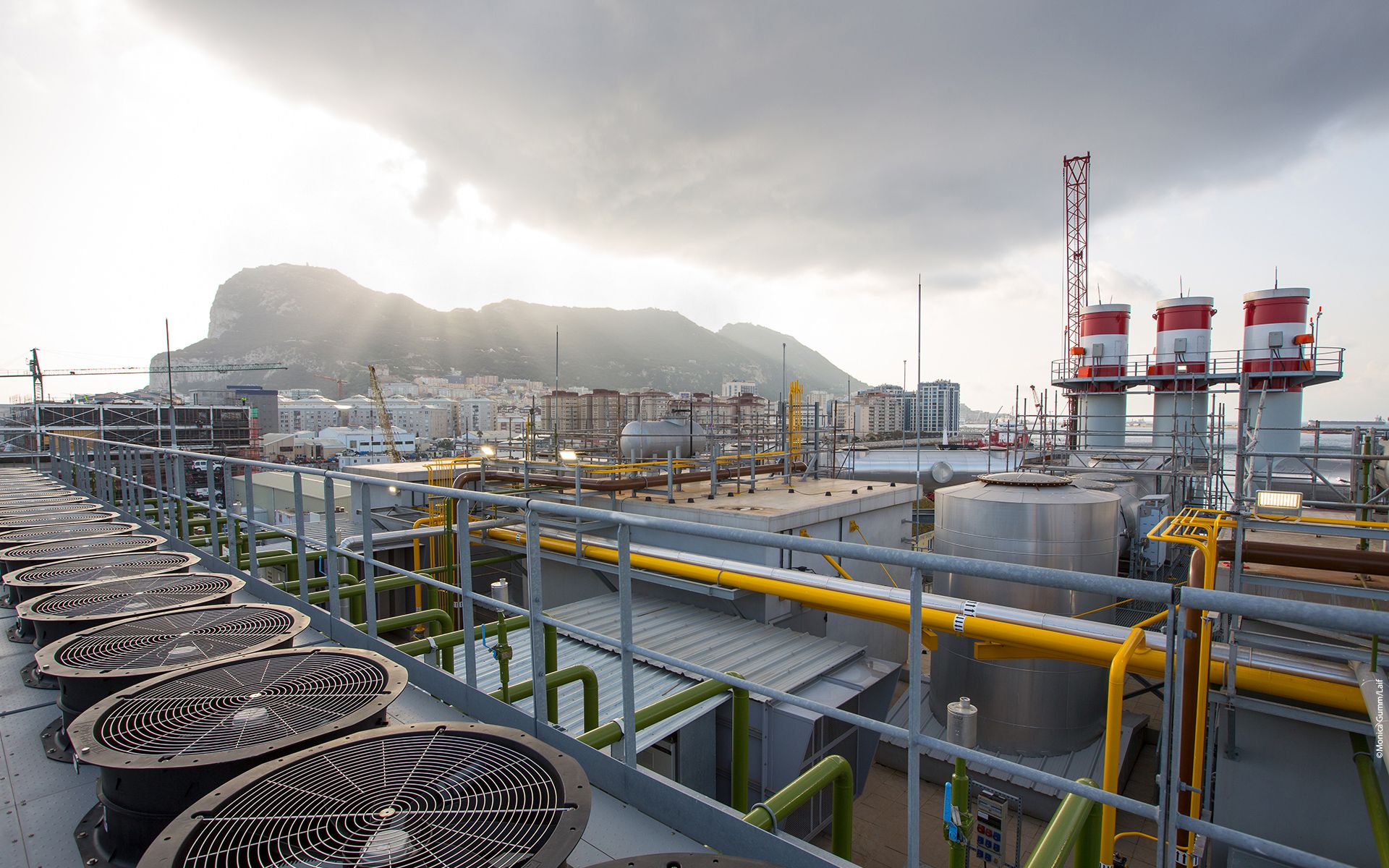
In petrochemical systems, due to the characteristics of high temperature, high pressure, chemical corrosion and strong electromagnetic interference in the downhole environment, it is difficult for conventional sensors to function well in the downhole. However, the optical fiber itself is not charged, it is small in size, light in weight, easy to bend, and has good anti-electromagnetic interference and anti-radiation performance. It is especially suitable for use in harsh environments such as flammable and explosive, severely limited space and strong electromagnetic interference. Therefore, fiber optic sensors play an irreplaceable role in oil well parameter measurement. It will become a new technology with broad market prospects that can be applied to fields such as oil and gas exploration and oil logging.
Fiber optic transducers have unique advantages in exploration and drilling due to their high temperature resistance, multiple channels, distributed sensing capabilities, and the characteristics that only a small space is required to meet their operating conditions. The application of fiber optic sensors can be made into downhole spectrometers, distributed temperature sensors and fiber optic pressure sensors that are suitable for this special operation.
(1) Downhole spectrometer
Fluid analyzers can be used to understand crude oil composition during initial development. It consists of two sensors: one is an absorption spectrum splitter fiber, and the other is a fluorescence and gas detector. Downhole fluids are introduced into the flowlines through formation probes, and optical sensors are used to analyze the fluids in the flowlines. Fluid spectrometers provide in situ downhole fluid analysis and improved evaluation of formation fluids.
(2) Distributed temperature sensor
As a professional optical temperature sensor supplier, At Grating also manufactures fiber-optic distributed temperature sensors. Fiber-optic distributed temperature sensors are the most popular fiber-optic sensors for downhole applications. An application example is the monitoring of steam injection steam heavy oil recovery systems. Steam is injected into heavy oil formations to reduce the viscosity of the oil, allowing heavy oil to be recovered. Downhole steam temperature can reach above 250 ℃.
(3) Pressure sensor
The side hole fiber optic pressure sensor is currently under development, which is mainly dedicated to ultra-high temperature and downhole pressure monitoring tasks. Other commercial products have emerged based on fiber-optic sensors, such as fbg pressure sensor and fiber-optic probes for multiphase flow measurements and distributed dynamic strain measurements. Its technical advantages of high reliability, high efficiency and low consumption are the key factors for the success of optical fiber products in oilfield applications.
Oil logging is one of the most basic and critical links in the petroleum industry. Parameters such as pressure, temperature, and flow rate are important physical quantities in oil and gas wells. Through advanced technical means, long-term real-time monitoring of these quantities can be used to obtain oil and gas downhole information in time. It is of great significance to the petroleum industry. Using optical fiber sensors, downhole flow measurement, temperature measurement, pressure measurement, water (gas) measurement, density measurement, acoustic wave measurement, etc. can be performed.
(1) Flow measurement
Since the intensity, phase, frequency, wavelength and other characteristics of light will be modulated by the flow during the optical fiber transmission process, using a certain optical detection method to convert the modulation amount into an electrical signal, the flow rate of the fluid can be obtained, which is the fiber flow rate How the meter works.
(2) Temperature and pressure measurement
The distributed optical fiber measurement system utilizes the temperature effect of the backward Raman scattering of the optical fiber, and can monitor the temperature field where the optical fiber is located in real time, stress and other parameters.
(3) Water (gas) rate and density measurement
The transmission power of the U-shaped optical fiber changes with the change of the refractive index of the external medium. As the information carrier, the light wave has nothing to do with the resistivity, flow pattern and water quality of the mixed fluid. For multiphase fluids, oil, water, and gas have different refractive indices, so the refractive index of mixed fluids will change with the ratio of oil, water, and gas. Therefore, this refractive index modulated optical fiber sensor can not only measure the fluid holdup, but also measure the fluid density at the same time, and its precision is high.
(4) Sound wave measurement
Seismic waves propagate in different media, and the received seismic wave waveforms will be different. According to different seismic wave forms, the formation sedimentary sequence and sedimentary structure can be identified, and the reservoir can be positioned, judged channeling, and detected casing damage and fractures. Perforation horizon and determine fluid flow, etc. VSP seismic logging is to put the geophone into the well, and the seismic signal is received by the geophone in the well through the seismic wave triggered by the ground or the micro-vibration generated by the fluid flow in the well. Permanent downhole fiber optic three-component seismic survey has high sensitivity and directivity, can generate high-precision spatial images, not only provide near-borehole images, but also provide strata images around the wellbore, and the measurement range can reach thousands of kilometers. It can withstand harsh environmental conditions without moving parts and downhole electronics, can withstand strong shock and vibration, and can be installed in very small spaces in complex drilling strings.

